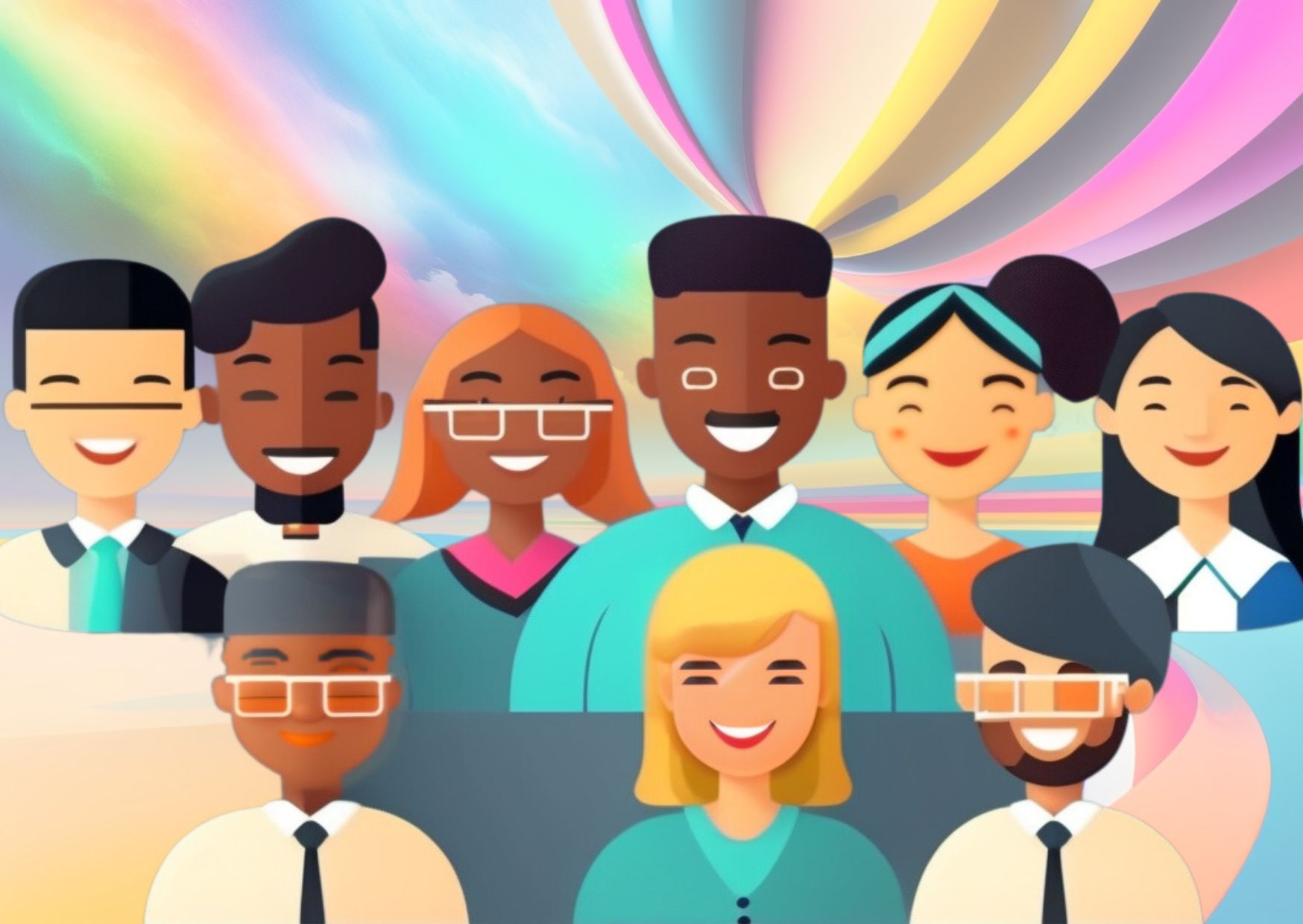The Ultimate Guide to Employee Resource Groups (ERGs)
If you’ve ever wondered how Employee Resource Groups contribute to a thriving workplace culture, you’re in the right place.
We’ll unravel the world of ERGs, diving into their purpose, benefits, and best practices.
We’ll explore engaging activities – think lunch and learn sessions with wellbeing speakers and transformative wellbeing workshops.
With a wealth of practical tips and insights, you’ll be armed with everything you need to understand, join, or even start your own ERG.
Contents
What is an Employee Resource Group? (ERG)
10 Benefits of Employee Resource Groups? (ERG)
10 Employee Resource Group (ERG) Activities
How to Start an Employee Resource Group? (ERG)
10 Best Practices for Employee Resource Groups (ERG)
What are the Challenges that ERGs Often Face and How to Overcome Them?
How can ERGs Align with Overall Organisational Goals?
How do ERGs Contribute to Diversity and Inclusion in the Workplace?
4 Ways to Increase Membership and Participation in ERGs?
What Resources or Tools can Support the Operation of an ERG?

What is an Employee Resource Group? (ERG)
ERGs, in a nutshell, are like close-knit circles within an organisation.
These groups are usually formed by employees who share common interests, backgrounds, or characteristics.
Think of them as clubs within a big school, where people get together to discuss topics they’re passionate about.
And it’s not all talk. ERGs often play a vital role in creating a more inclusive, supportive workplace.
They offer a space for employees to express their concerns, share their experiences, and collaborate on projects.
Plus, they can often serve as a hub for professional development and learning.
So, if you’re looking to make your work environment more diverse and inclusive, ERGs could be a key part of your strategy.
It’s all about giving every employee a voice and making everyone feel seen and valued.
10 Benefits of Employee Resource Groups? (ERG)
1. Boosts Diversity and Inclusion
ERGs are often centred around minority groups, providing a platform where these employees can feel heard and understood.
They foster an environment of respect and belonging, boosting overall inclusivity.

2. Enhances Employee Engagement
ERGs can create a sense of community, making employees feel more connected to their organisation. This in turn can boost morale, job satisfaction, and engagement levels.
3. Provides Career Development Opportunities
ERGs can offer networking opportunities, mentoring, leadership development, and training, all of which can boost career progression for members.
4. Inspires Innovation
Diversity of thought often leads to innovation.
By bringing together employees from different backgrounds and perspectives, ERGs can stimulate new ideas and creative solutions.
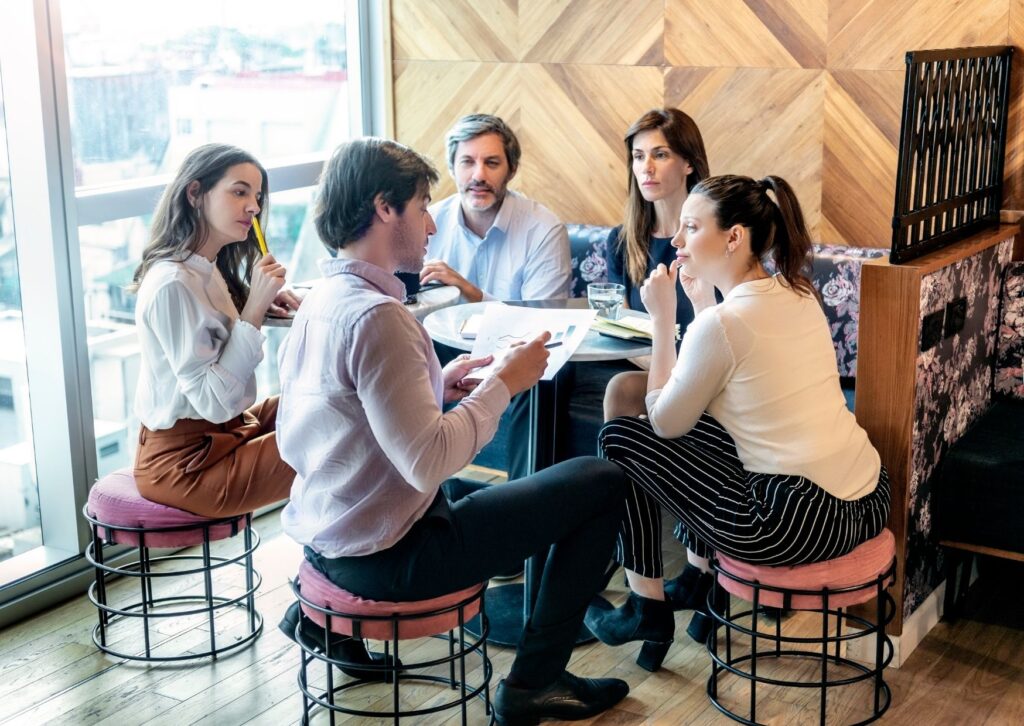
5. Helps Retention and Recruitment
A company with active ERGs can be more appealing to potential employees who value diversity and inclusion.
Plus, when employees feel supported and valued, they’re more likely to stick around.
6. Informs Business Strategy
ERGs can provide valuable insights into specific market segments or customer needs, helping shape a company’s products, services, and overall business strategy.
7. Improves Cultural Competence
ERGs can help educate all employees about diverse cultures, traditions, and experiences, creating a more culturally aware organisation.
8. Enhances Company Reputation
Organisations that actively support ERGs can improve their public image and reputation as progressive, inclusive employers.
This can attract more customers and potential partners who align with these values.
9. Promotes Social Responsibility
ERGs often engage in community service and philanthropic activities, demonstrating a company’s commitment to social responsibility.
10. Supports Personal Growth
For the members, ERGs offer a platform for personal development.
They can build leadership skills, enhance communication abilities, and foster resilience by navigating various group dynamics.

In a nutshell, ERGs can transform a workplace.
They’re not just groups; they’re powerful engines that can drive change, improve workplace culture, and contribute to a company’s success.
So, whether you’re an employee or a business leader, it’s worth exploring what ERGs can offer.
10 Employee Resource Group (ERG) Activities
1. Lunch and Learn Sessions
A Lunch and Learn is a versatile, engaging activity where knowledge and dining go hand in hand.
This format is casual yet informative, encouraging employees to interact, ask questions, and share insights over a meal.
One brilliant idea is to invite a wellbeing speaker to run a wellbeing workshop. This type of session focuses on the overall wellbeing of the team, covering topics like stress management, work-life balance, and maintaining a healthy lifestyle.
The speaker could share tips, conduct interactive activities, and even guide meditation sessions.
The beauty of this kind of workshop is its adaptability – it can be tailored to fit the needs and interests of your group.
By promoting holistic health and wellbeing, you can help create a happier, more productive ERG.
2. Cultural Celebrations
Celebrating diverse cultures and traditions is a great way to foster inclusivity and respect within your ERG.
These festivities can range from recognising significant holidays from various cultures, sharing traditional meals, to hosting guest speakers who can provide deeper insights into different traditions.
Employees can volunteer to share about their heritage, thereby enhancing mutual understanding and appreciation within the group.
A cultural celebration is more than just a party – it’s a learning experience that brings individuals together, highlights the beauty of diversity, and reinforces the value that every member brings to the table.
3. Volunteer Days
Nothing strengthens a team quite like working together for a common cause.
Organising a volunteer day is a fantastic way to give back to the community and instil a sense of purpose and teamwork.
Whether your ERG chooses to clean up a local park, run a food drive, mentor underprivileged youth, or assist at a local shelter, these shared experiences can build bonds while promoting social responsibility.
It also provides members with the chance to step out of their regular roles, perhaps revealing hidden talents or leadership qualities.
Volunteer days not only benefit the community but also nurture a more cohesive and empathetic ERG.

4. Professional Development Workshops
Hosting workshops focused on skill development can offer ERG members valuable tools for career advancement.
These could cover a broad range of topics like effective communication, leadership training, negotiation techniques, or conflict resolution.
By bringing in experts or leveraging internal resources, these workshops can serve as a safe, supportive environment for members to learn, practice, and refine new skills.
Beyond improving individual capabilities, these sessions can boost overall team performance, fostering a more competent, confident ERG that’s ready to contribute to the organisation’s success.
5. Networking Events
Networking events, whether they’re formal mixers or informal gatherings, can be powerful platforms for building connections.
It could be as simple as a coffee catch-up or a themed social event. These activities provide an opportunity for members to get to know each other outside of work tasks, fostering stronger relationships and potential mentorship opportunities.
Plus, these gatherings can encourage members from different departments or hierarchies to interact, breaking down silos and promoting a more connected, collaborative culture within the ERG.
By facilitating these interactions, you’re not just strengthening your ERG – you’re enhancing the broader organisational network.
6. Mentorship Programs
One of the significant advantages of an ERG is the wide array of experiences and backgrounds within the group.
A mentorship program can harness this diversity, enabling less experienced members to learn from their more seasoned colleagues.
Mentors can provide guidance, share insights, and help mentees navigate their career paths within the organisation.
This exchange isn’t just a one-way street. Mentees can offer fresh perspectives and innovative ideas to their mentors.
Such programs not only promote personal and professional growth but also strengthen intergroup relationships and the overall ERG community.
This 360-degree learning approach contributes to a more dynamic, inclusive, and collaborative group culture.
7. Book Clubs
A book club within your ERG can serve as an intellectual hub, sparking stimulating discussions and broadening cultural and professional perspectives.
The group can democratically select books, focusing on themes related to professional development, diversity, leadership, or social issues.
Regular meetings to discuss these books provide a platform for members to share their reflections, interpretations, and insights.
This shared learning experience fosters deeper connections, encourages open dialogue, and promotes a culture of continuous learning.
As members explore different perspectives through literature, they contribute to enhancing the collective knowledge and understanding of the ERG.

8. Workshops on Company Policies
Company policies are often extensive and may seem complex.
ERGs can step in and organise interactive workshops to help members better understand these policies.
They can focus on areas such as diversity and inclusion, employee benefits, grievance procedures, or any other policy that affects the group.
These workshops can clarify doubts, share best practices, and provide a platform for open discussion.
By empowering its members with this knowledge, an ERG can ensure that everyone knows their rights, responsibilities, and resources within the organisation.
This not only creates an informed group but also contributes to a more transparent and inclusive workplace culture.
9. Health and Fitness Challenges
A healthy employee is a happy employee, and promoting health and fitness can be a fun, engaging ERG activity.
This could involve organising a fitness challenge where members track their steps, a yoga session to de-stress, or a healthy recipe swap to promote balanced eating.
Such activities underscore the importance of physical wellbeing and its link to productivity and happiness at work.
Moreover, friendly competition and shared goals can bring members closer, fostering a sense of community and camaraderie.
An ERG that values health not only contributes to individual wellness but also to a more energetic, focused, and resilient organisation.

10. Panel Discussions
Panel discussions offer a dynamic way to engage ERG members and stimulate intellectual discourse.
These can be on a myriad of relevant topics – from diversity and inclusion challenges to industry trends, leadership, and career advancement.
By inviting leaders from within the organisation or external subject matter experts, ERGs can provide members with diverse perspectives and invaluable insights.
These dialogues can spark new ideas, challenge assumptions, and inspire members to take action.
They also reinforce a culture of continuous learning and thought leadership within the ERG.
By facilitating such discussions, ERGs can keep their members informed, engaged, and inspired.
How to Start an Employee Resource Group? (ERG)
Starting an Employee Resource Group (ERG) can seem like a daunting task, but with the right approach, it can be a rewarding and impactful initiative.
Here are some steps to guide you through the process:
Identify the Need
The first step in creating an ERG is to identify a need within your organisation.
Perhaps there’s a specific group of employees who could benefit from additional support or a cultural or diversity gap that needs to be addressed.
Conduct surveys or hold informal discussions to understand your colleagues’ experiences and identify potential areas where an ERG could be beneficial.
Gather Support
Once you’ve identified the need for an ERG, it’s essential to gather support.
This means rallying colleagues who share your vision and are willing to contribute their time and effort.
Support can also come from senior leadership, which can be instrumental in providing resources and visibility for your ERG.
Develop a Clear Mission and Goals
Every successful ERG needs a clear mission and set of goals.
What is the purpose of your ERG? What do you hope to achieve?
Having a clear mission and goals not only guides your ERG’s activities but also helps communicate its value to potential members and the wider organisation.
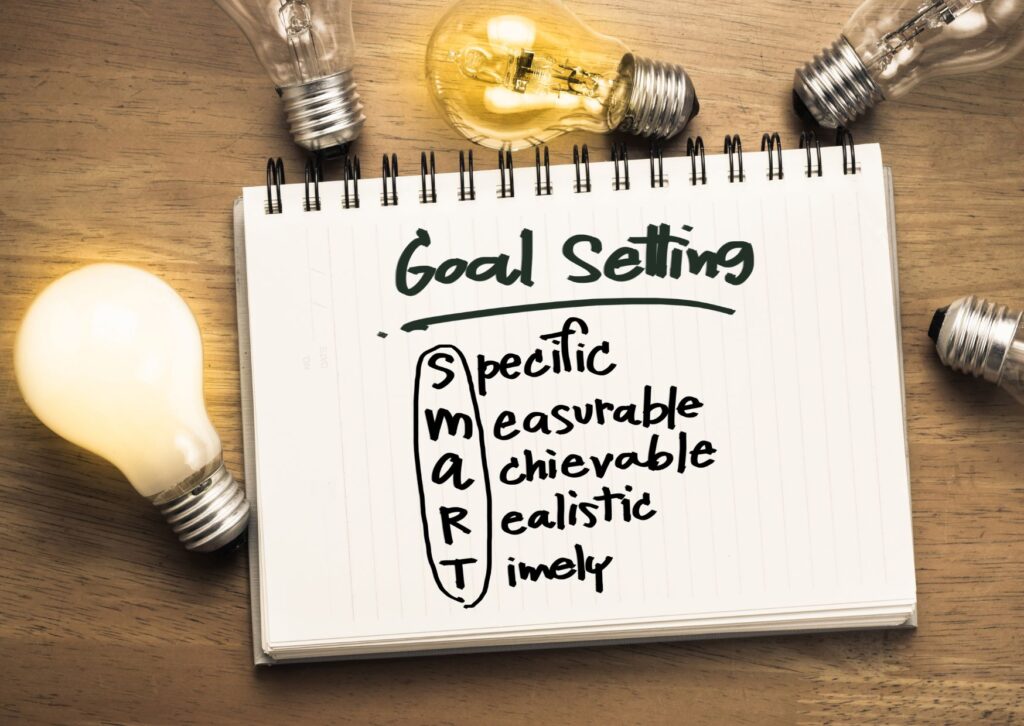
Create a Structure
Define a leadership structure for your ERG.
This might involve electing a president, vice president, and other roles depending on your ERG’s size and complexity.
Having a structure in place will ensure that tasks and responsibilities are shared and that the ERG can function smoothly.
Plan Activities
Based on your ERG’s mission and goals, plan activities that will engage members, promote your mission, and contribute to your goals.
This could include educational workshops, networking events, mentorship programs, or community outreach initiatives.
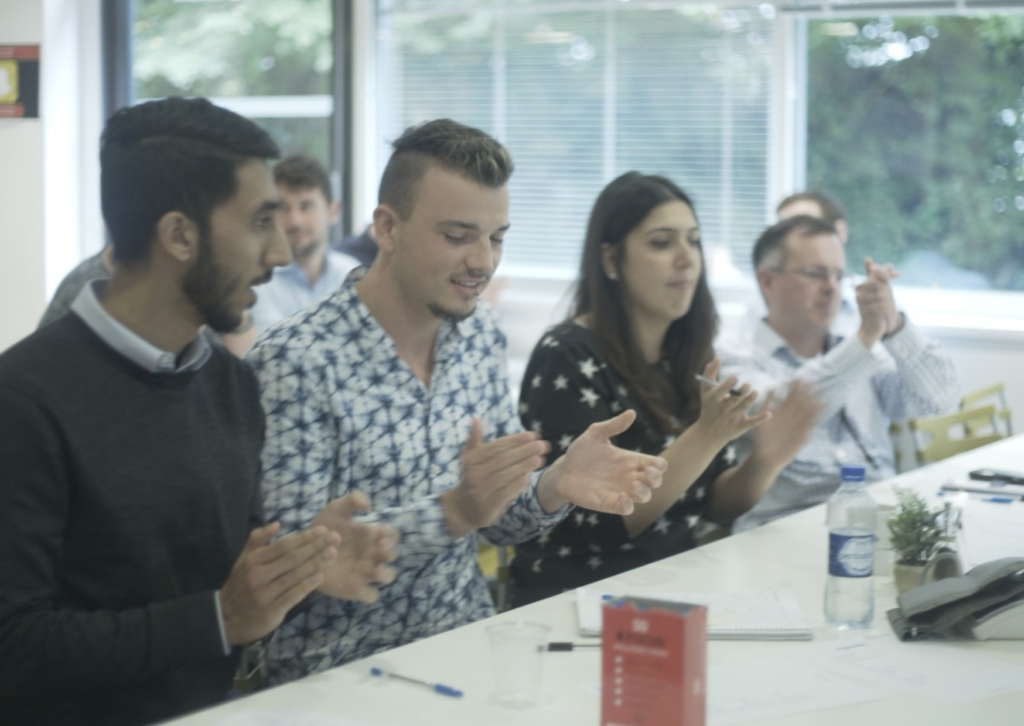
Secure Resources
Depending on the planned activities, you may need to secure resources such as a budget, meeting spaces, or communication tools.
It’s crucial to discuss this with your organisation’s leadership or the relevant department to ensure your ERG has the necessary support.
Launch Your ERG
Once everything is in place, it’s time to launch your ERG.
Hold an introductory meeting to welcome members, communicate your mission and goals, introduce the leadership team, and outline planned activities.
Regularly communicate updates and successes to maintain engagement and visibility.
Evaluate and Adapt
Finally, regularly evaluate your ERG’s progress towards its goals and adapt as necessary.
This might involve surveying members, analysing participation data, or holding discussions to gather feedback.
Remember, a successful ERG is one that continually learns, grows, and evolves to meet its members’ needs.
Starting an ERG is an exciting opportunity to make a significant impact on your organisation’s culture and your colleagues’ experiences.
Remember, the goal is to create an inclusive, supportive space that recognises and celebrates diversity, fosters professional development, and enhances overall employee wellbeing.
10 Best Practices for Employee Resource Groups (ERG)
Creating and maintaining a successful Employee Resource Group (ERG) requires more than just a great idea.
It involves dedicated effort, strategic planning, and a willingness to learn and adapt.
Here are ten best practices to ensure your ERG thrives and has a positive impact on its members and your organisation:
1. Establish Clear Goals
Every effective ERG begins with a clear purpose and goals.
What does your ERG aim to achieve? Who is it intended to support?
Having clear objectives not only guides your activities and decisions but also provides a benchmark to measure your progress and success.
2. Secure Leadership Support
Buy-in from the organisation’s leadership is crucial for your ERG’s success.
It’s not just about getting approval or securing resources; leaders can serve as powerful advocates for your ERG, providing visibility and credibility within the organisation.
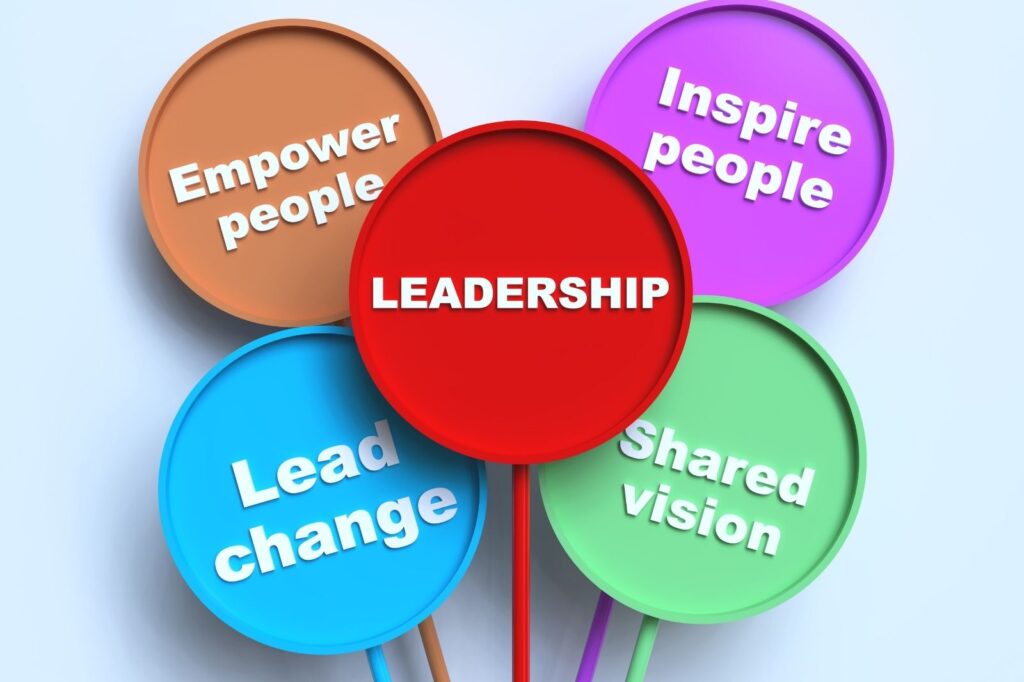
3. Create an Inclusive Environment
While ERGs often focus on specific groups, it’s essential to foster an inclusive environment where everyone in the organisation feels welcome to join.
The more diverse your ERG is, the richer the discussions and the greater the impact.
4. Offer Value to Members
To keep members engaged and committed, it’s important to ensure that your ERG offers value.
This could be in the form of professional development opportunities, networking events, or access to resources and support that might not otherwise be available.
5. Communicate Regularly
Effective communication is key to keeping members informed, engaged, and motivated.
Regular updates, meeting minutes, newsletters, or a dedicated intranet page can help keep everyone on the same page and highlight the ERG’s successes.

6. Engage with the Broader Community
Don’t limit your ERG to the walls of your organisation.
Engaging with the broader community, such as participating in relevant events, partnering with local organisations, or contributing to community projects, can enhance your ERG’s visibility and impact.
7. Measure Success
It’s important to regularly evaluate your ERG’s performance.
Are you meeting your goals? Are members engaged and satisfied?
Regular surveys, feedback sessions, and data analysis can help you measure your success and identify areas for improvement.
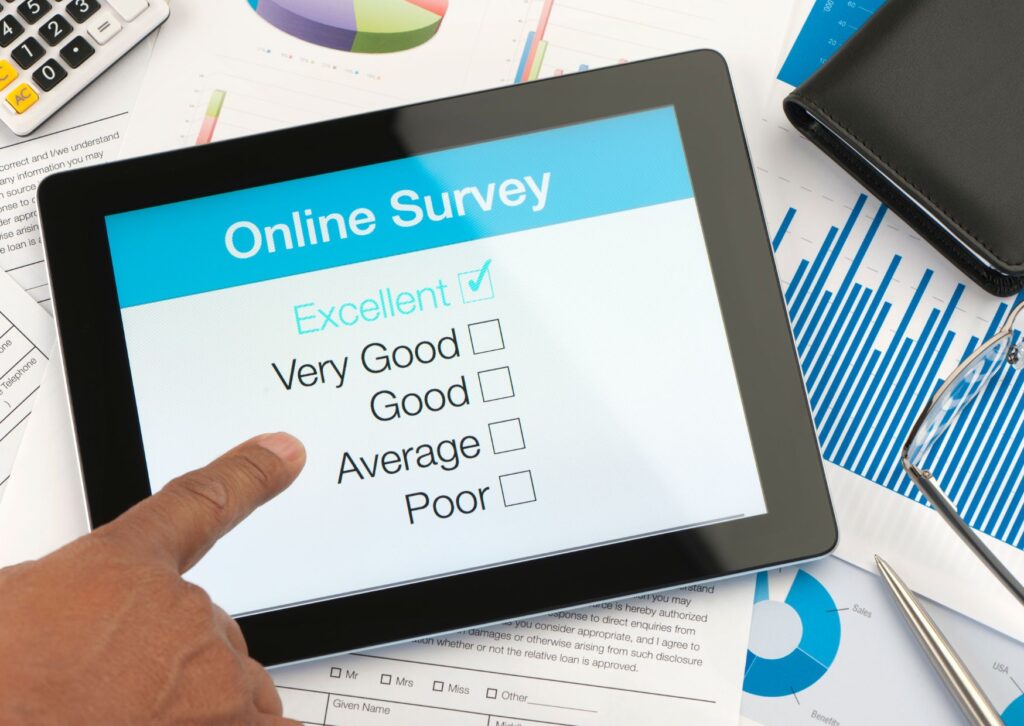
8. Promote Professional Development
Offering professional development opportunities can be a powerful incentive for ERG membership.
This could include hosting workshops, bringing in guest speakers, or establishing a mentorship program.
9. Celebrate Diversity
Embrace and celebrate the diversity within your ERG.
This could be through cultural events, educational sessions, or simply acknowledging and respecting the unique perspectives and experiences each member brings to the table.
10. Adapt and Evolve
An ERG is not a static entity.
It needs to adapt and evolve to meet the changing needs of its members and the organisation.
Be open to feedback, willing to make changes, and ready to seize new opportunities that align with your goals and mission.

Following these best practices can help ensure your ERG is a vibrant, inclusive, and valuable part of your organisation.
Remember, the ultimate goal is to create a space that supports and empowers its members, contributing to a diverse, inclusive, and thriving workplace culture.
What are the Challenges that ERGs Often Face and How to Overcome Them?
Every ERG faces its unique challenges, but some common ones include a lack of engagement, limited resources, or difficulties aligning with broader organisational goals.
Let’s explore how to navigate these:
Lack of Engagement
If members aren’t actively participating, it can be difficult for an ERG to achieve its objectives.
To overcome this, ensure the ERG offers value to its members, such as professional development opportunities, networking events, or supportive resources.
Regular communication, engaging activities, and welcoming feedback can also boost engagement.

Limited Resources
ERGs often operate with limited budgets or resources.
To combat this, seek support from leadership and align your ERG’s goals with the organisation’s strategic objectives.
This can help demonstrate the ERG’s value and secure necessary resources.
Alternatively, consider low-cost activities or partnerships with other ERGs or local organisations.
Alignment with Organisational Goals
Sometimes, an ERG may struggle to demonstrate how it contributes to the overall organisation.
Regularly communicate your ERG’s successes and impact to leadership and the broader organisation.
Aligning ERG activities and goals with the organisation’s strategic objectives can also underscore its relevance and value.
How can ERGs Align with Overall Organisational Goals?
ERGs can align with organisational goals in several ways:
Promoting Diversity and Inclusion
By providing support and representation for diverse groups, ERGs can help organisations meet their diversity and inclusion goals.

Improving Employee Engagement
Through their activities, ERGs can foster a sense of community, improving employee engagement and satisfaction – key objectives for many organisations.
Talent Development
ERGs often offer professional development opportunities, aligning with goals related to talent development and retention.
Driving Business Success
Some ERGs align with business objectives, like providing insights into diverse customer markets, contributing to product development, or supporting corporate social responsibility initiatives.
How do ERGs Contribute to Diversity and Inclusion in the Workplace?
ERGs play a critical role in advancing diversity and inclusion within organisations:
Representation
ERGs provide representation for diverse groups within the organisation, giving these employees a collective voice and platform.
Building Understanding
Through their events and initiatives, ERGs can help educate employees about the experiences and challenges faced by different groups, fostering understanding and empathy.
Policy Influence
ERGs can provide insights that help shape company policies, ensuring they are inclusive and considerate of diverse needs.
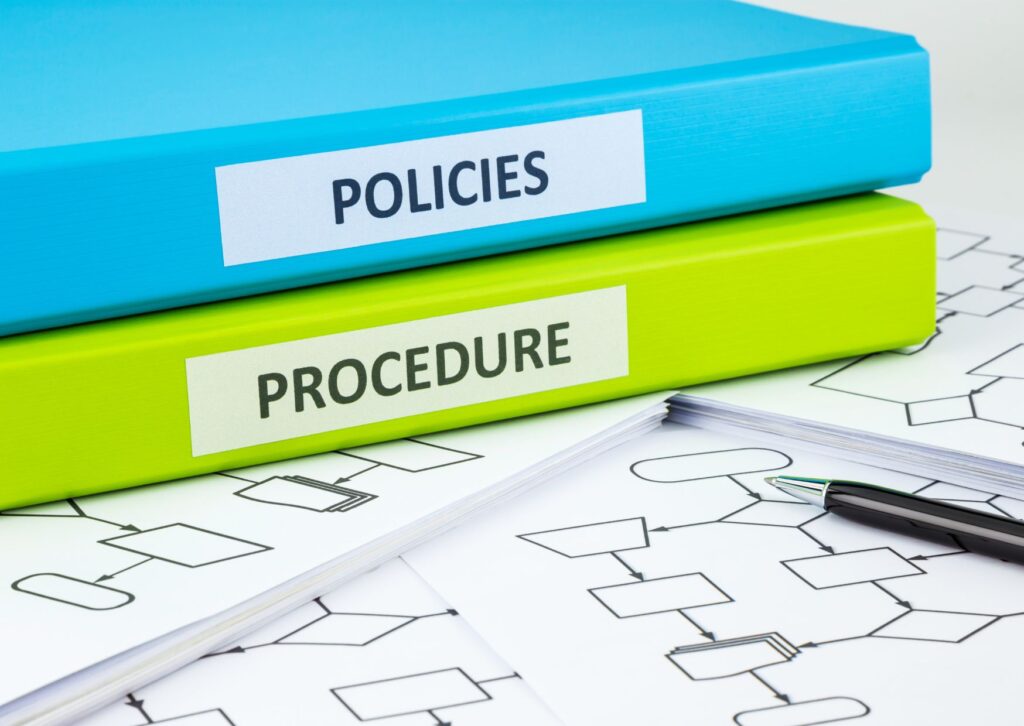
Supportive Networks
ERGs create supportive networks for individuals who may otherwise feel isolated or marginalised, contributing to an inclusive workplace culture.
4 Ways to Increase Membership and Participation in ERGs?
Boosting ERG membership and participation requires strategic effort:
1. Offer Value
Members are more likely to join and stay engaged if they see personal and professional value in the ERG.
This could be through professional development, networking, mentoring, or support resources.
2. Promote the ERG
Regularly promote your ERG and its benefits to potential members.
This could be through internal newsletters, recruitment events, or word-of-mouth.
3. Create Inclusive Spaces
While ERGs often cater to specific groups, creating an inclusive environment where everyone feels welcome can attract a broader membership base.

4. Leadership Involvement
Involvement from organisational leaders can lend credibility to the ERG and encourage more people to join.
What Resources or Tools can Support the Operation of an ERG?
When running an Employee Resource Group (ERG), having the right resources and tools can make a significant difference. Here are some useful ones:
Communication Tools
Platforms such as Slack or Microsoft Teams are invaluable for fostering regular and effective communication within your ERG and with the broader organisation.
They support real-time collaboration, enabling you to share updates, discuss ideas, or plan upcoming activities.
Project Management Tools
Tools like Trello or Asana can help manage ERG tasks and activities, ensuring everything is organised and on track.
They provide a clear visual overview of your projects, allowing members to see progress and understand their responsibilities.
Feedback and Survey Platforms
Tools like SurveyMonkey or Google Forms are great for gathering feedback from your members or the broader organisation.
Regular feedback is essential for evaluating your ERG’s impact and identifying areas for improvement.
Professional Development Resources
Platforms such as LinkedIn Learning or Coursera offer a wealth of educational content that can be used for professional development sessions, workshops, or to support individual learning within your ERG.
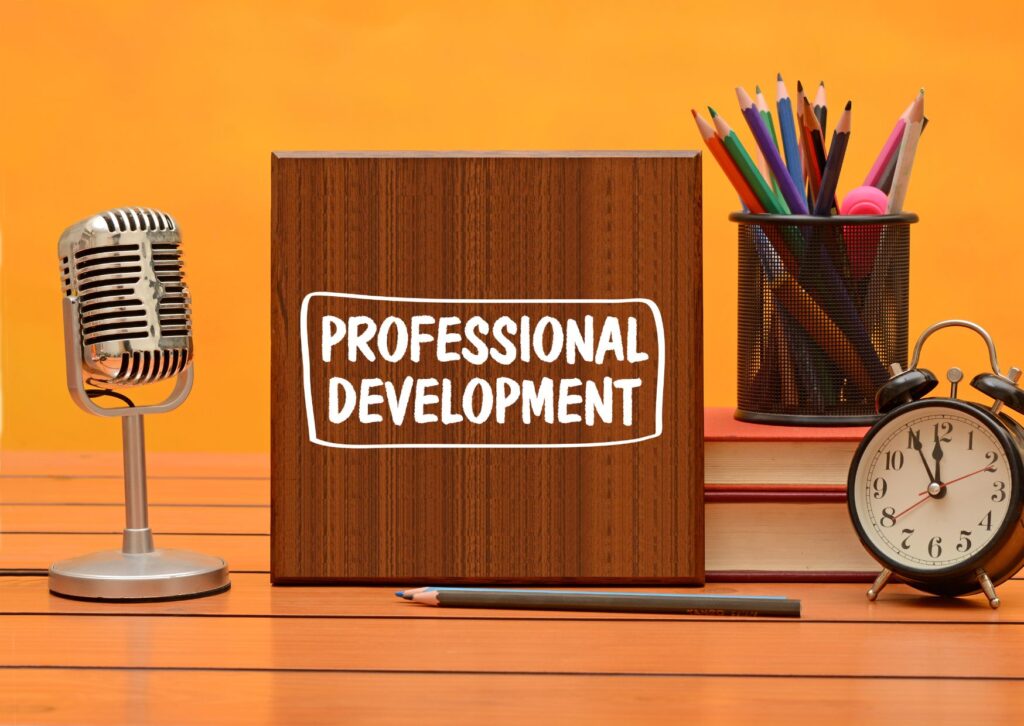
Event Management Platforms
If your ERG hosts events, platforms like Eventbrite can simplify the process, from creating event pages to managing registrations and tracking attendance.
Budgeting Tools
Tools for managing your ERG’s finances, such as simple spreadsheet software or more complex budgeting apps, can be invaluable for keeping track of your resources and ensuring you’re using them effectively.

Remember, the most important resource for any ERG is the passion and commitment of its members. These are the real drivers of your ERG’s success.
This guide has explored the intricacies of Employee Resource Groups (ERGs), key voluntary entities that promote diversity and inclusion in the workplace.
We’ve addressed the benefits ERGs provide, the variety of activities they can undertake (such as engaging “lunch and learn” events featuring wellbeing speakers), and how to start an ERG.
We’ve also outlined best practices, common challenges, and strategies to align ERGs with organisational goals.
Crucially, we’ve highlighted the importance of resources and tools that support ERGs, emphasising that the heart of any successful ERG is the passion and commitment of its members.
Good luck!
Author
Tyler Lowe – Health & Wellbeing Speaker
BSc Sport & Exercise Rehabilitation


